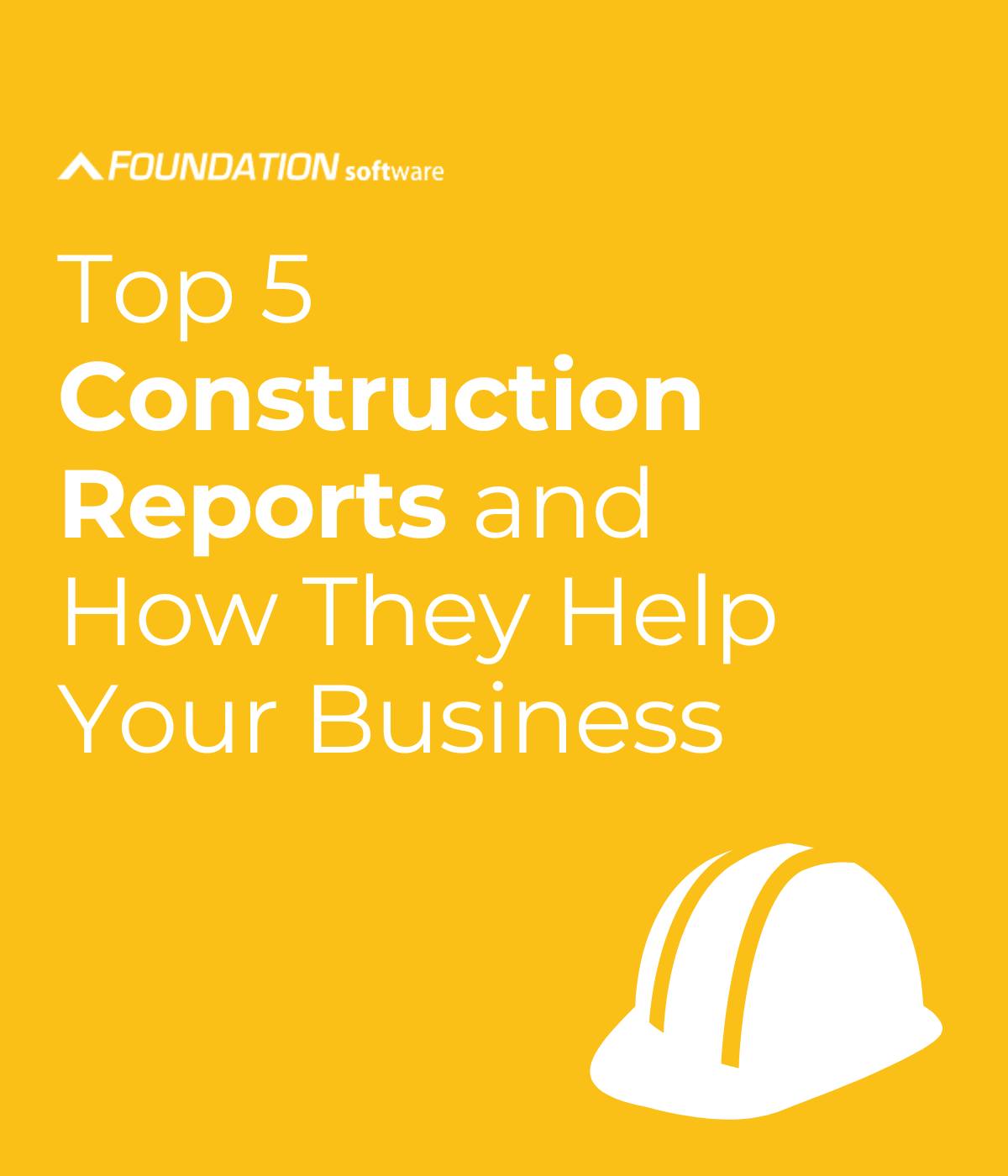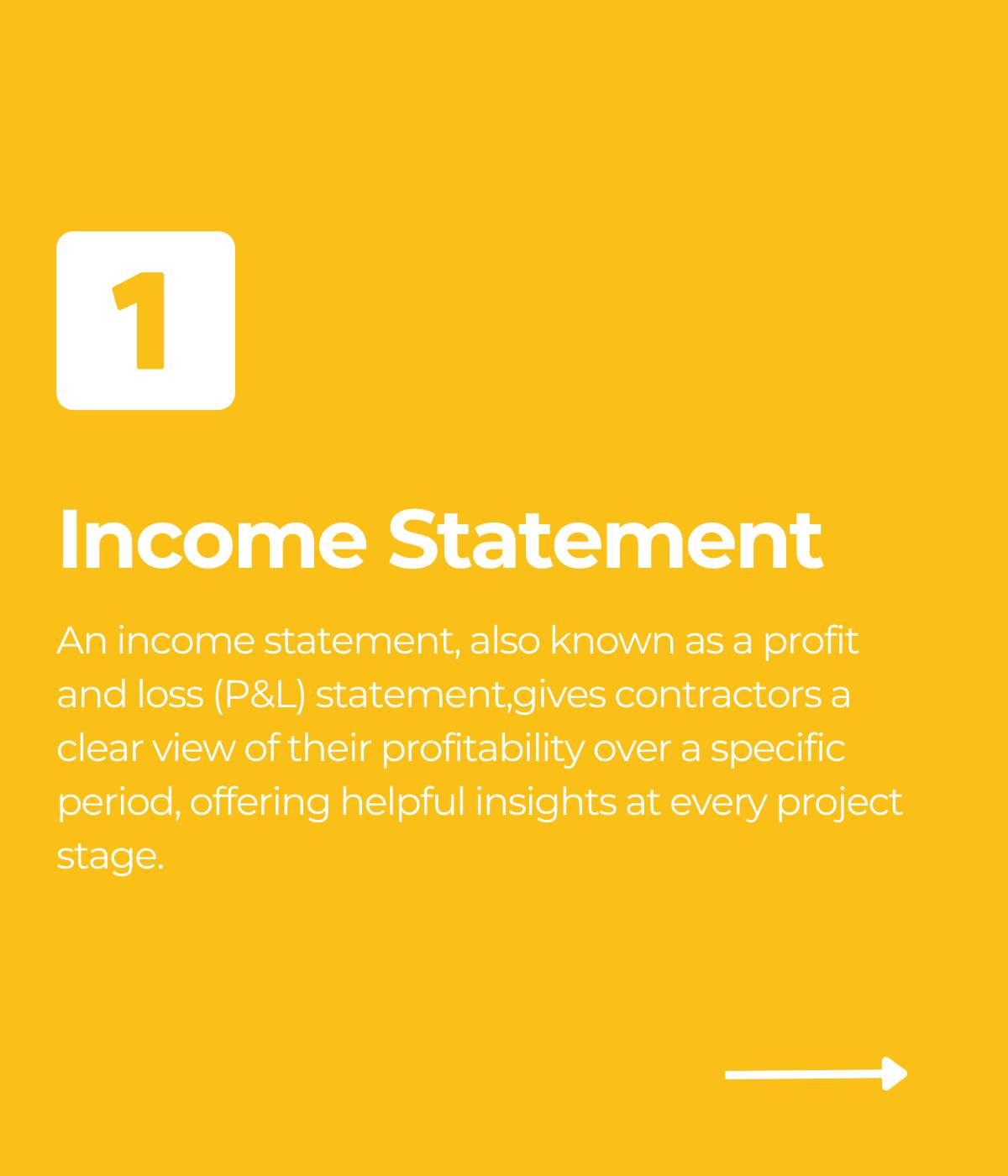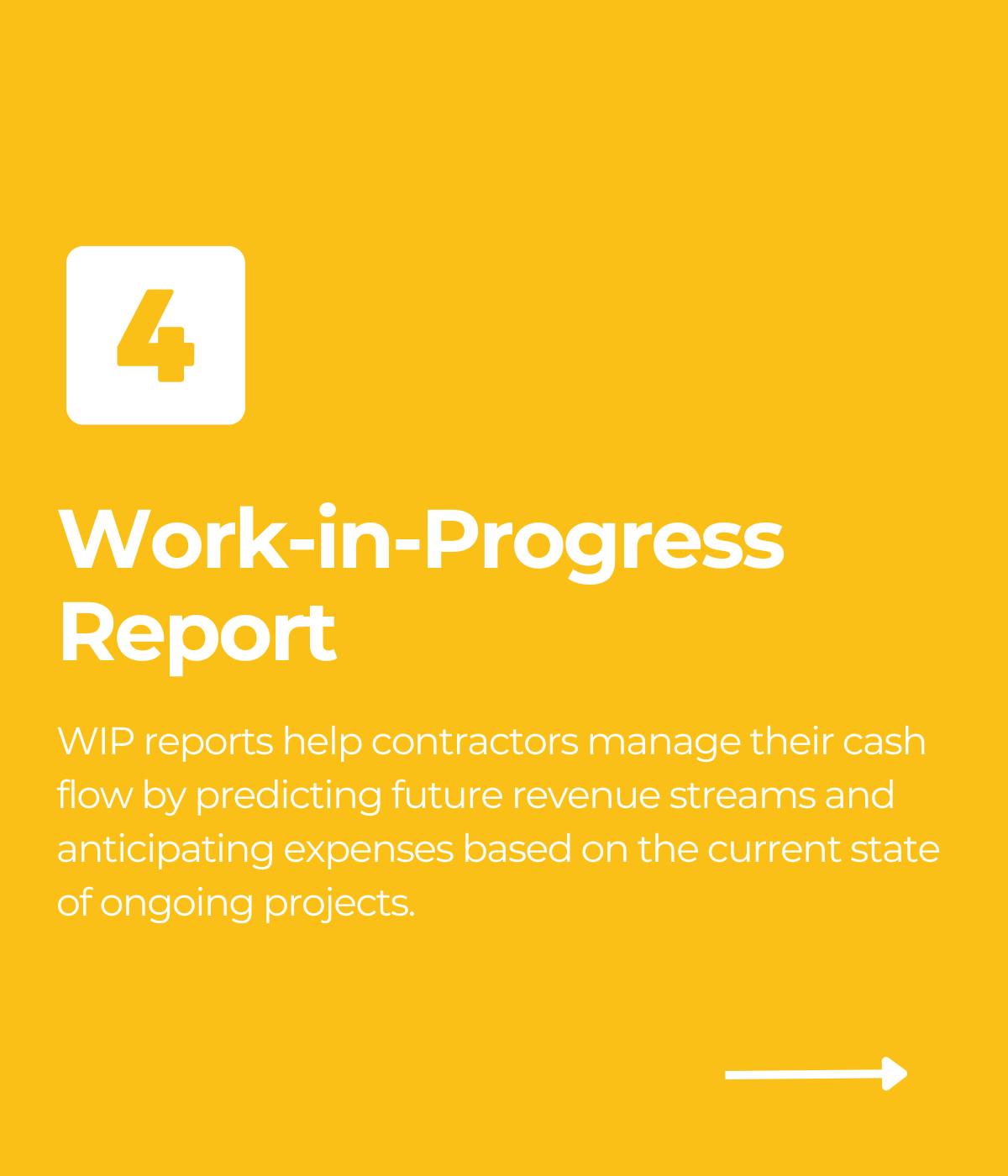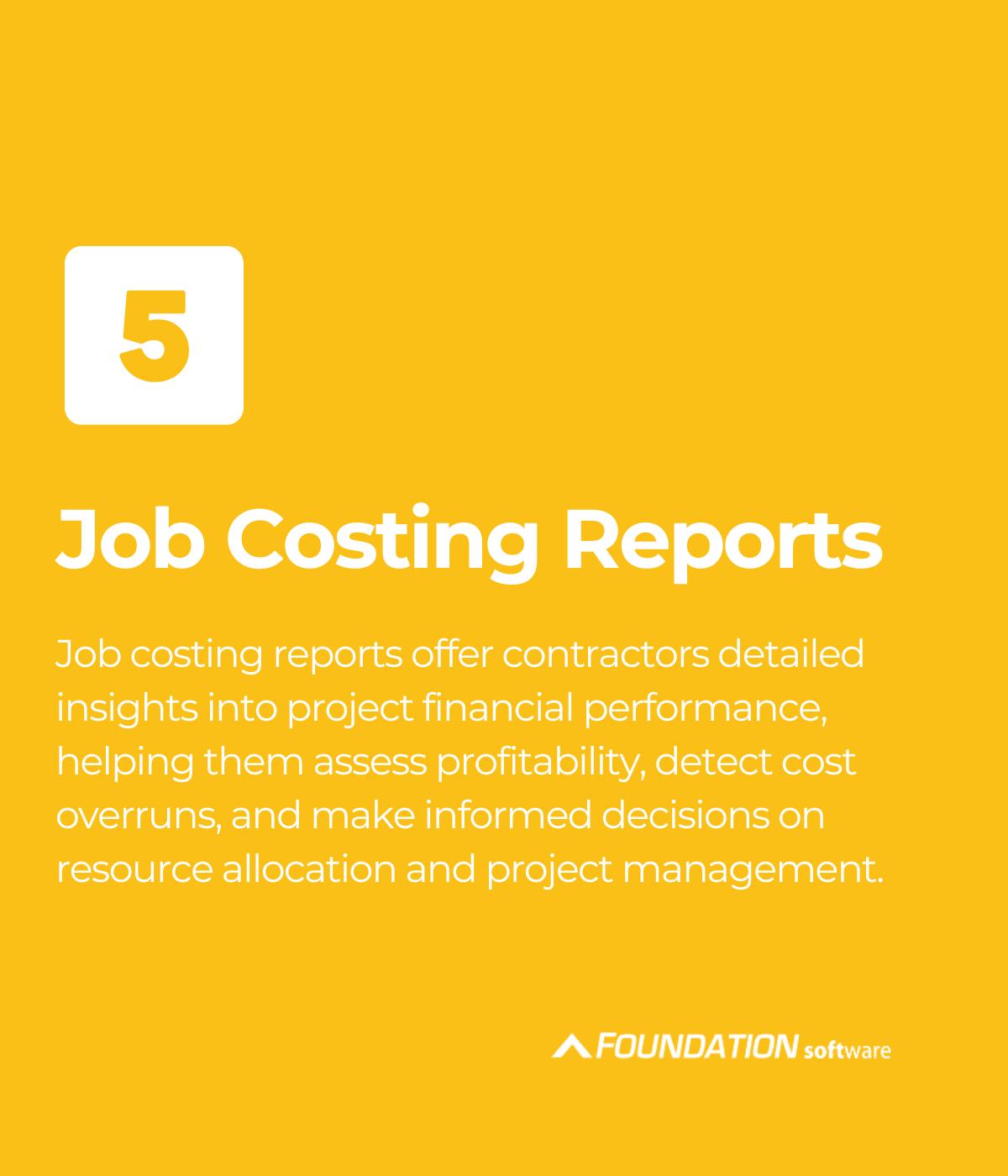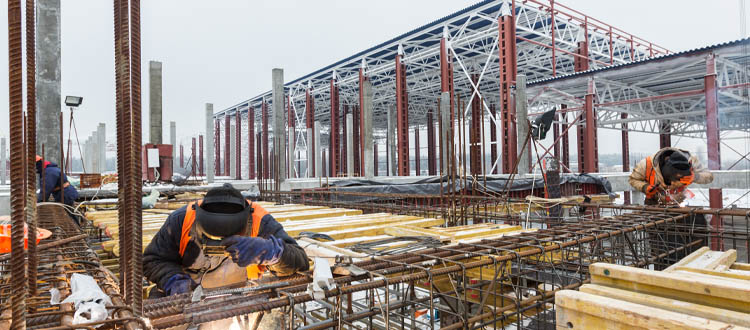
As ABC’s Chief Economist (not to mention CFMA’s Economic Advisor), Anirban Basu is a professional whose opinion I trust. And I have the privilege of hearing him speak several times a year. He often tends to describe himself as a purveyor of truth and realistic expectations. To borrow and amend that phrase, I’d characterize myself more as a purveyor of awareness and caution. And caution is something that I think is needed in the construction industry right now.
There was a general air of optimism among contractors earlier in the year and it’s easy to understand why. The stock market closed on a high note in January — with the Dow Jones and S&P 500 experiencing some of the strongest starts they’ve had in years.[1] (Although neither came close to reaching the levels they hit in early 2022). The U.S. Bureau of Labor disclosed that the inflation rate dipped down to 6.5% in December of 2022 — almost three points lower than the 9.1% reported in January 2022.[2] Even the fears of deflation had been steadied — the market indicated prices were rising at a slower pace than this time last year.

And then February happened: the stock market closed below its January numbers with all the major market indexes falling.[3] Dow Jones recorded the lowest closing level of 2023 so far.
With the market giving off such mixed signals, it’s becoming apparent that we need to pay attention to a range of economic indicators to really gage how the economy is moving.
Stock trends and inflation reports — although important — aren’t the only pieces of data we should be focusing on because they predict and reveal current and near-future trends. For long-term success, contractors also need to be aware of what’s developing six months to even two years from now. Which is where the Architectural Billing Index comes in.
What is the Architectural Billing Index?
The Architectural Billing Index, or ABI, is an economic indicator that tracks the demand for nonresidential construction activity. Basically, the ABI monitors whether or not architects are busy and, if so, whether or not architects will continue to be busy. This is based on current billings and estimated design contracts.
The ABI is produced by the American Institute of Architect’s Economic and Research Group. Every month, a Work-on-the-Boards survey is sent out to all of AIA’s member-owned construction firms. The survey asks the owners and partners to rate and describe their company’s billing activity — having them indicate if the number of billings and invoices grew, declined or remained flat.
The gathered information is then compared to the Value of Construction Put in Place survey — which is conducted monthly by the Department of Commerce to estimate the total dollar value of construction work done in the US (both residential and commercial). The demand for architectural work is determined by measuring the amount of work reported in AIA’s survey against the estimated amount of dollars made that month in commercial construction.
The Architectural Billing Index is the result of these survey comparisons and is scored on a scale above or below 50.
- If the ABI is 50 or above that indicates levels of improvement and success within commercial construction. It’s taken to be a sign of economic strength or recovery.
- If the ABI is below 50, that indicates decline and even profit loss within commercial construction. It’s taken to be a sign of a weakened economy.
Since ABI results are based — in part — on estimates, the actual amount of design work can’t be quantified. But the AIA has been issuing an Architectural Billing Index for more than 20 years, so the range has consistently been proven accurate and trustworthy.
But what makes the Architectural Billing Index such an important tool for contractors is it gives a glimpse 12-36 months into the future.
To use another quote by Anirban Basu, “if architects are busy upstream, then contractors will be busy downstream.”[4] And, of course, the reverse is also true. If architects are slow upstream, then contractors will be slow downstream. In layman’s terms, if architects are producing designs, then construction companies will eventually be contracted to build these structures. If the architects aren’t receiving any work, then — months down the road — contractors won’t have any projects to build.
What’s especially helpful is the ABI is also broken down into region and sector.
The regions are:
- Midwest
- South
- West
- Northeast
The sectors are:
- Institutional
- Commercial/ Industrial
- Residential
- Mixed Practice
Contractors can use this data to determine whether or not their locality or trade is specifically being impacted.
The Architectural Billing in 2023
Regardless of a fluctuating market showing and even with a noticeable decline in inflation rates, the ABI has consistently been below 50 since October 2022.[5]
Now, this isn’t a time for complete panic. First off, for the past few months the AIA has ranged around 49.5, which provides a warning but doesn’t indicate a complete market downturn.[6] And, the policies created by the Inflation Reduction Act are starting to go into effect. More than $370 billion is being invested into portions of the economy.[7] The construction industry specifically is receiving a large piece of this money to create new commercial opportunities in the clean energy sector.
More work is coming, especially if you’re interested in federally funded projects, but the architects just haven’t gotten it yet.
How A Contractor Can Prepare for the Future
We know the ABI has been dipping below 50 for the last few months. And we’re aware that low demand for architects can mean low supply of construction projects later on. But instead of waiting a year to see how the market moves, there are best practices you can implement now that can provide some type of safety net for your company in the future.
- Aggressively manage your cash flow — take a good look at your budget to identify the areas where you can better stabilize your spending.
- Monitor your backlogs — if you’re able to secure additional work far in advance, continue to do so. If you notice slower months ahead, prepare now to tighten your spending during that season.
- Consider government work — the Inflation Reduction Act is investing money to create more opportunities for commercial construction. If possible, adjust your back office processes so you can manage the additional reporting requirements mandated for federal projects.
- Track multiple economic indicators — the Architectural Billing Index is an invaluable tool for contractors wanting to predict how the economy will move months from now. But for a fuller scope, use the ABI in conjunction with other indicators including the stock market, US inflation reports and New Home Sales.

Above everything else, be aware and stay aware. It’s fine to be excited about how the market is moving right now. But for consistent success and profit, it’s important to keep an eye out on the future. Monitor the architects to see if they’re busy. If they aren’t, check your backlogs to see what your next year to 18 months looks like. Make your preparations and continue to be optimistic — just cautiously so.
[1] Min, S, Subin, S. 2023. “Dow closes more than 350 points higher, S&P 500 caps best January in four years.” CNBC. https://www.cnbc.com/2023/01/30/stock-market-futures-open-to-close-news.html
[2] Iacurci, G. 2023. “Here’s the inflation breakdown for December 2022 — in one chart.” CNBC. https://www.cnbc.com/2023/01/12/heres-the-inflation-breakdown-for-december-2022-in-one-chart.html
[3] Silverblatt, H. 2023. “U.S. Equities Market Attributes February 2023.” S&P Dow Jones Indices. https://www.spglobal.com/spdji/en/commentary/article/us-equities-market-attributes/
[4] Turpin, J. 2023. “Is a Recession in the Cards for 2023.” The ACHR News. https://www.achrnews.com/articles/147487-is-a-recession-in-the-cards-for-2023
[5] 2023. “ABI January 2023: Architecture firm billings decline at a slower pace.” AIA https://www.aia.org/pages/6596717-abi-january-2023-architecture-firm-billing
[6] Ibid
[7] 2022. “Inflation Reduction Act Guidebook.” The White House. https://www.whitehouse.gov/cleanenergy/inflation-reduction-act-guidebook/
Share Article
Keep on current news in the construction industry. Subscribe to free eNews!
Our Top 3 YouTube Videos
Learn about our software more in depth with product overviews, demos, and much more!

Our ACA reporting & e-filing services include official 1094-C and 1095-C IRS reporting, optional e-filing (no applying for a TCC code required), mailing to your employees and experienced support to help you.

There are plenty of reasons to make FOUNDATION your choice for job cost accounting and construction management software — just ask our clients!

From job cost accounting software, to construction-specific payroll. Get an overview on your next all-in-one back-office solution.



